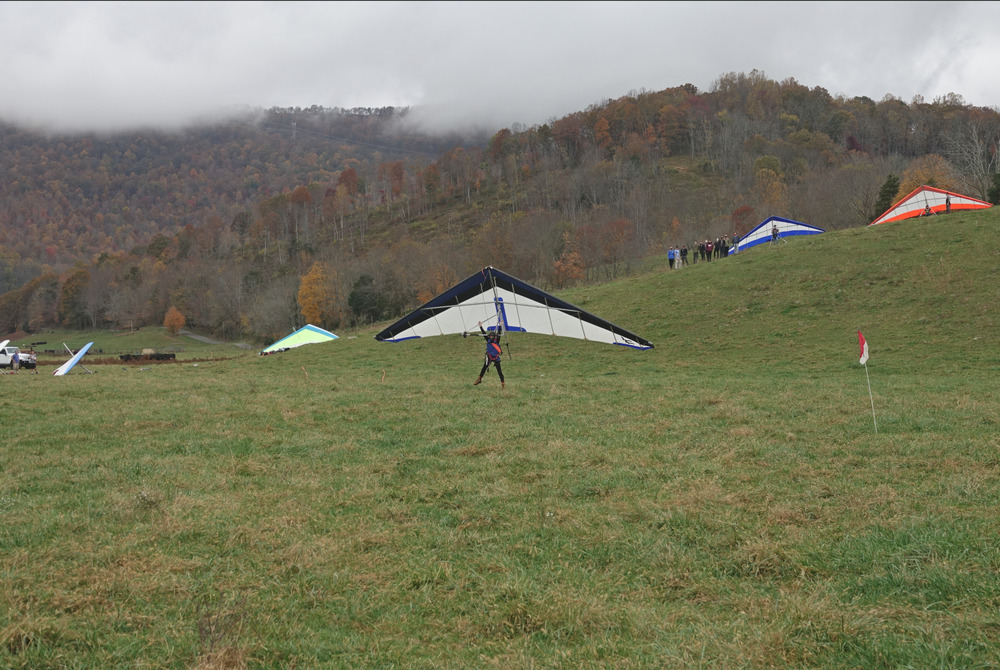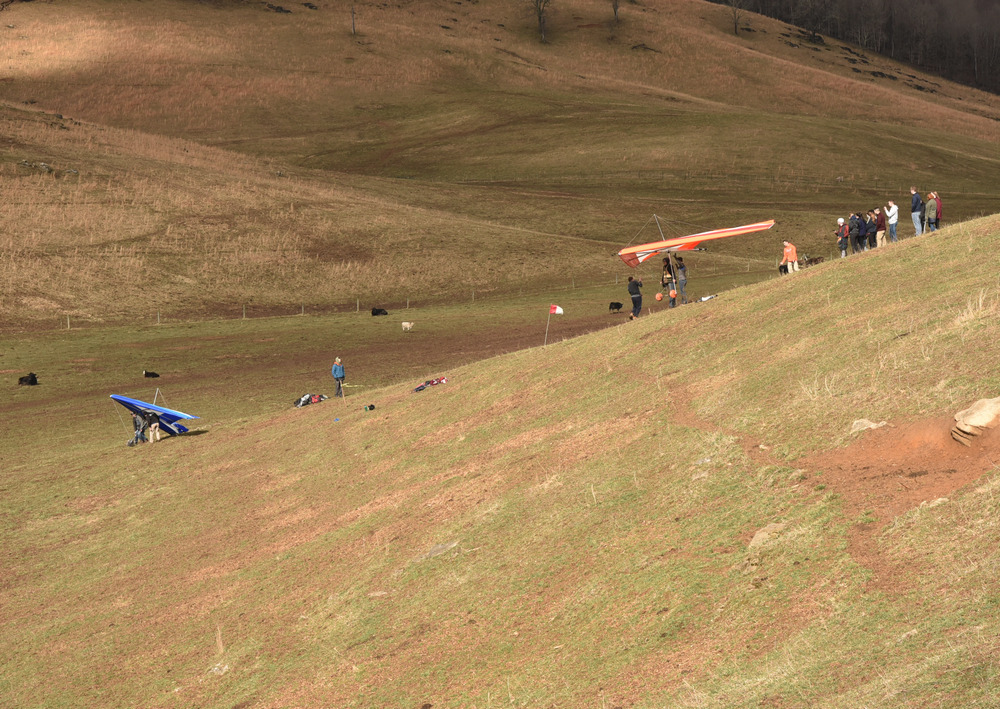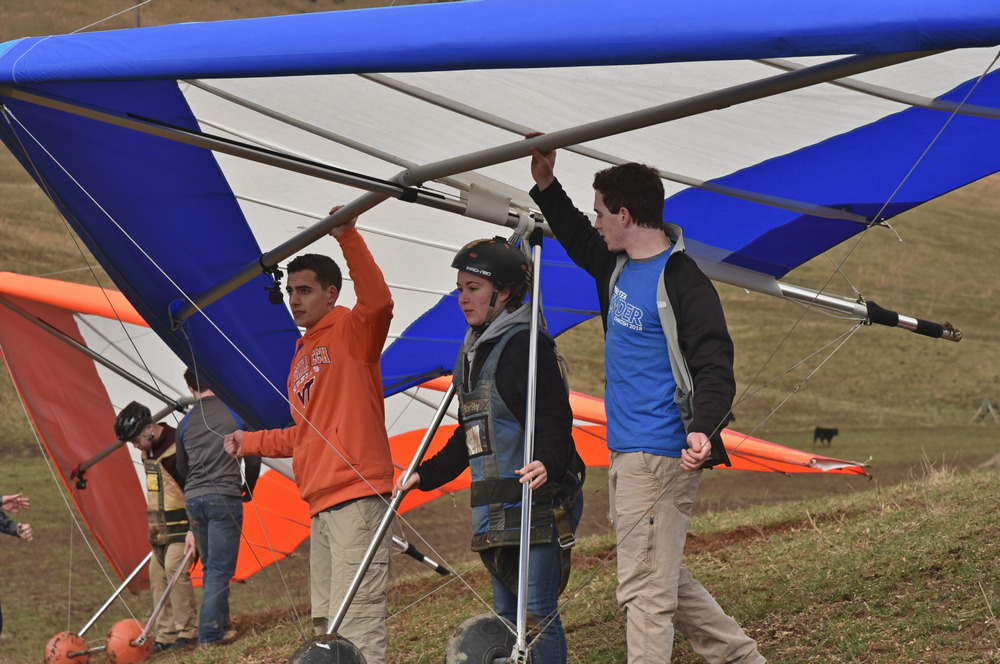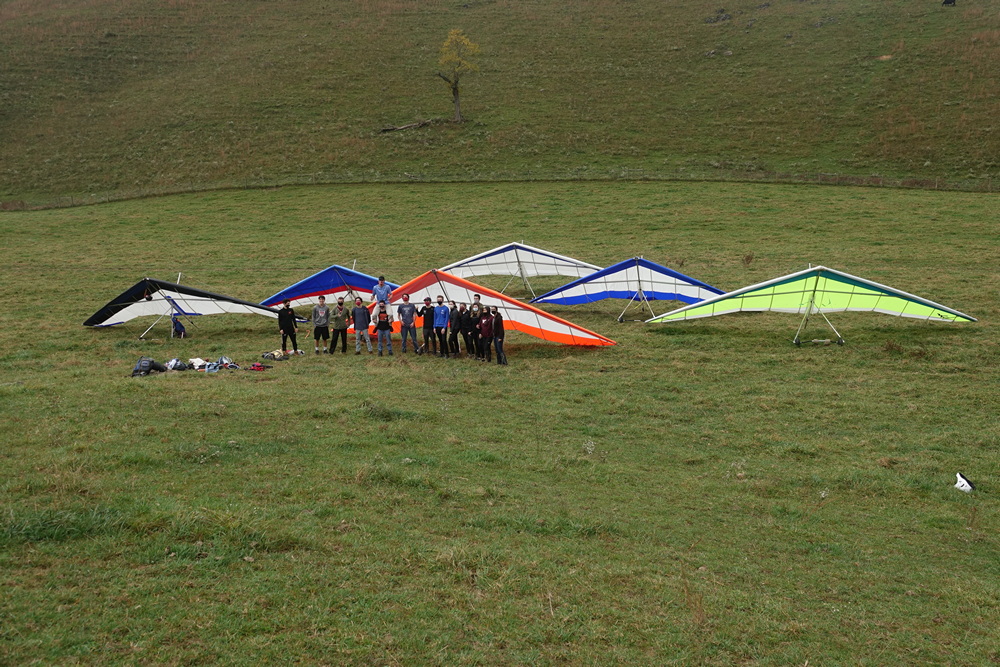

This site not managed by the SWVHPA. Clover Hollow Training Hill is now managed by the Hang Gliding and Paragliding Club at Virginia Tech
There would be no story here without the Clover Hollow Training Hill. This land, owned by Marty Farrier of Newport, has seen hang gliders (and a few paragliders) for at least 45 years. The main hill is about 100 ft high, with other available hills reaching 200 ft or more. Many generations of pilots have carried their gliders up these hills.
The main hill faces E-NE, which is a challenging direction. This is a rare wind direction often accompanied by cloudy and drizzly days. But the hill also can be used in the very early morning, when the sun first strikes the slope. This heating effect is short lived, and the day's flying can be over by 9am for the big hills.
The valley the hills face into is surrounded by mountains, with a large ridge at the NW end of valley. Once the day began warming, winds generally flowed up the valley towards the ridge, regardless of the prevailing wind direction, and blowing cross to the launch direction. Stronger prevailing winds gave rise to the "Rotor Hollow" knickname. These are recent drone views:
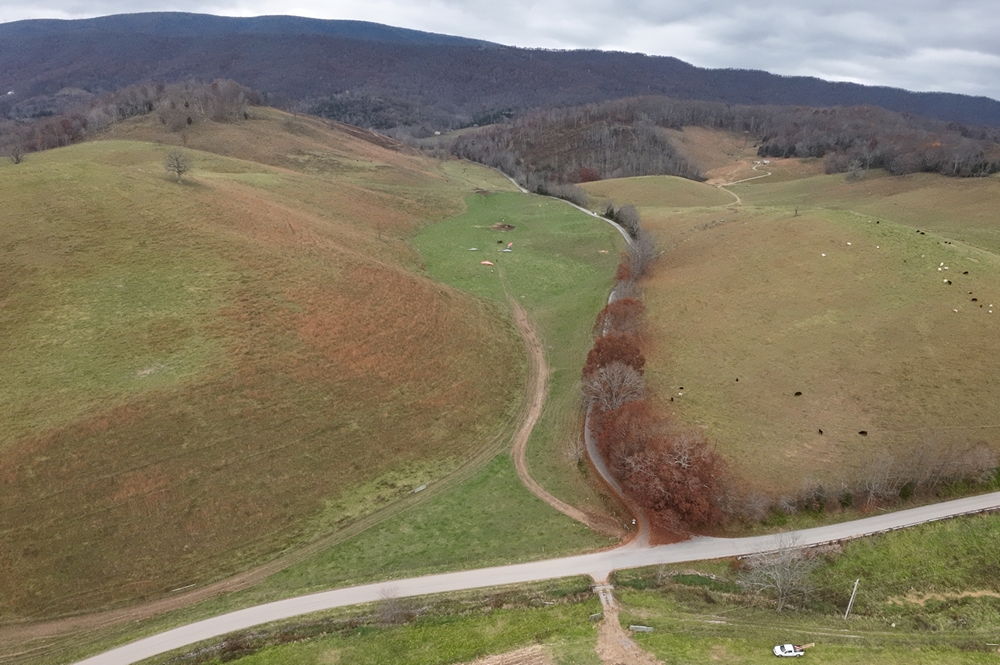
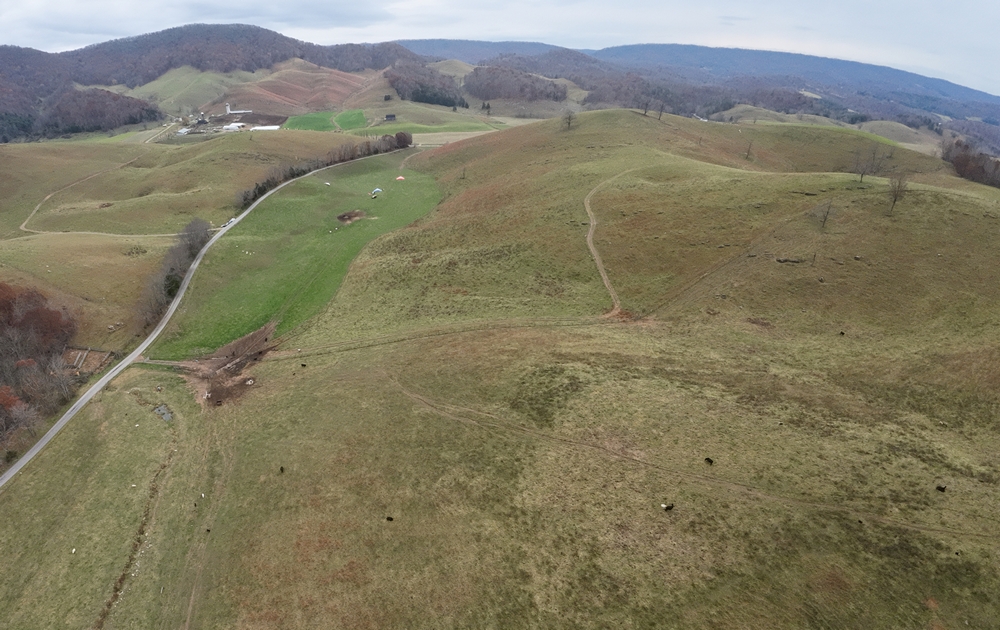
There is currently a fence along the bottom of the slope, which marks the boundary between the green of the LZ and the browner slope. This has made the big hills less useful for beginning pilots, although advancing students that have mastered basic launch skills can easily fly over the fence. And more modern training gliders are allowing use of smaller hills that were not possible with the antiquated training equipment of 40 years ago.
Wayne Sayer, a hang glider pilot, owned a store in Blacksburg, Blue Ridge Mountaineering (later renamed to Blue Ridge Outdoors). BRM also provided hang gliding instruction at the Clover Hollow training hill. As far as it is known, the first Instructor was Jim Zell, in the late 70's. One of Zell's students, Chris Norloff, eventually also became an Instructor, and took over from Zell.
By 1980 Wayne realized that hang gliding training was not a viable profit center, and decided to discontinue instruction. Chris Norloff taught the last 2 classes, at the end of January 1981. Those happened to also be the first 2 (and only) classes for Richard Cobb.
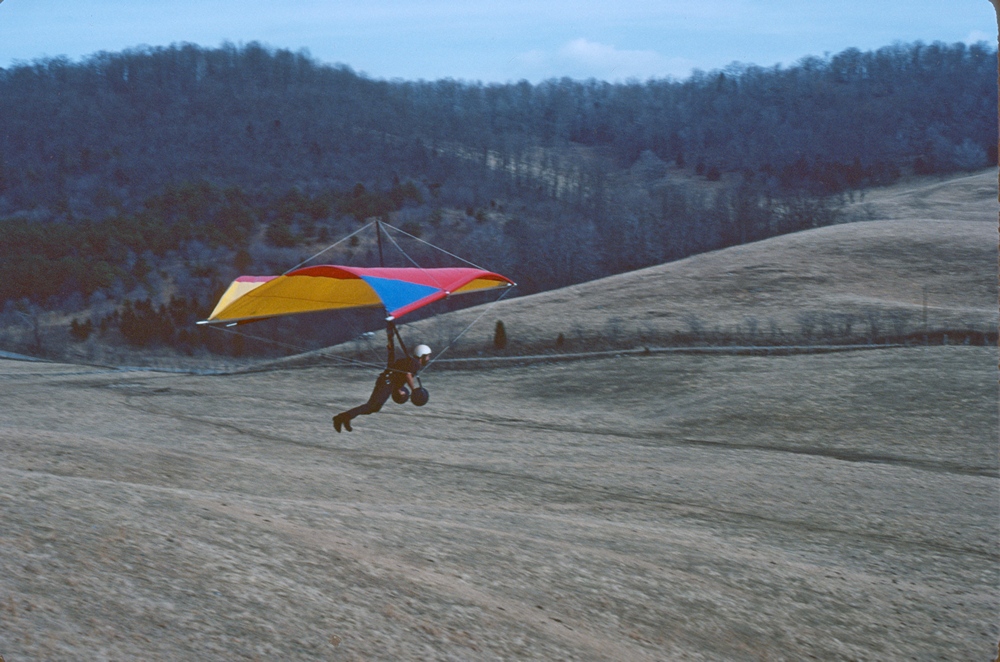
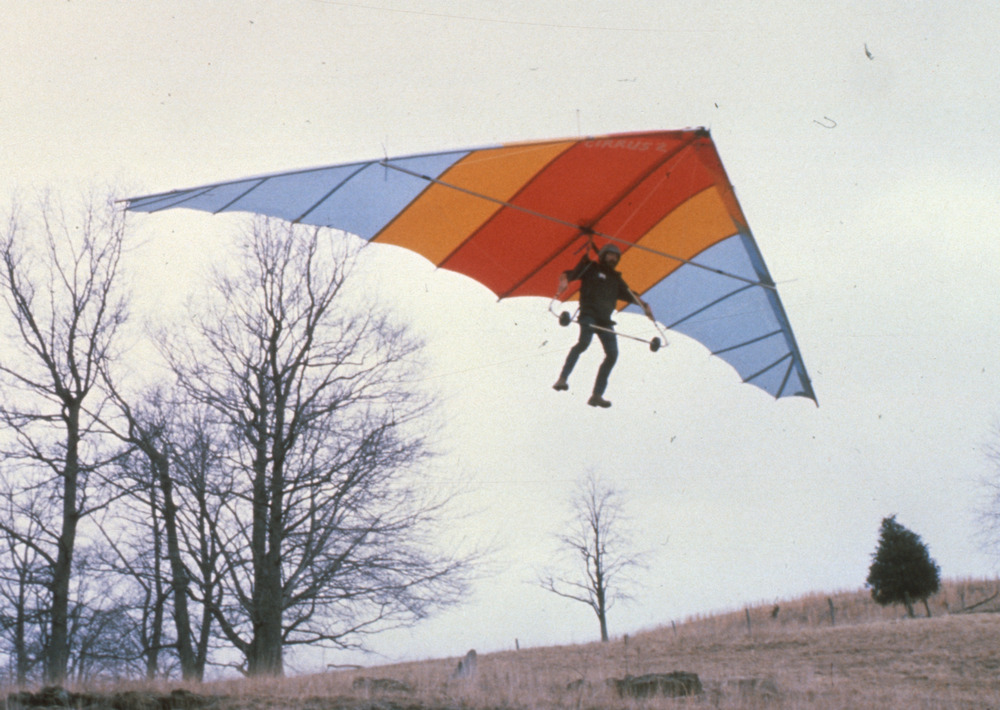
Largely left to figure things out on his own, there was much trial and error at first, especially the 'error' part. While Norloff had stopped teaching, he and Cobb remained in touch, as they were both Mechanical Engineering students at Virginia Tech. In fact Cobb, as a graduate student, had taught an ME course where Norloff was his student, prior to having Norloff as a hang gliding instructor. So Cobb could talk to Norloff about his failures to discuss what had gone wrong. In another Small World thing, an early crash resulted in Cobb first meeting WW Richards of the Roanoke Valley Hang Gliding group - WW did the repairs on his broken glider.
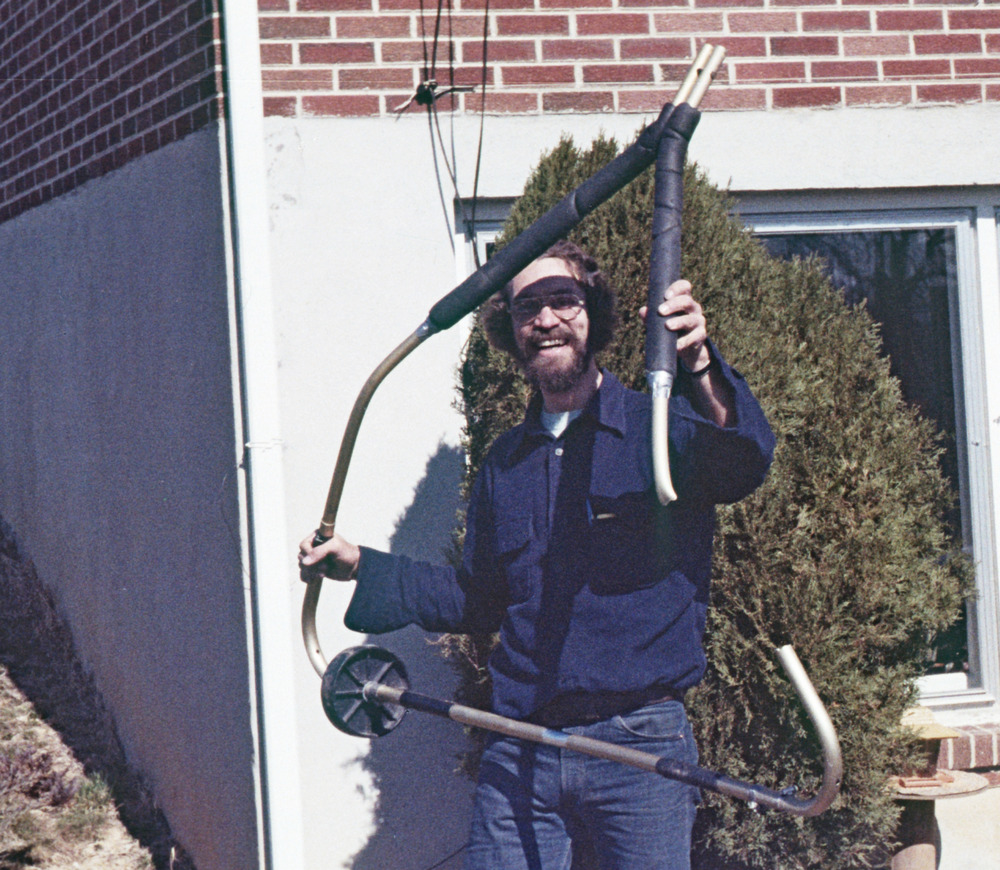
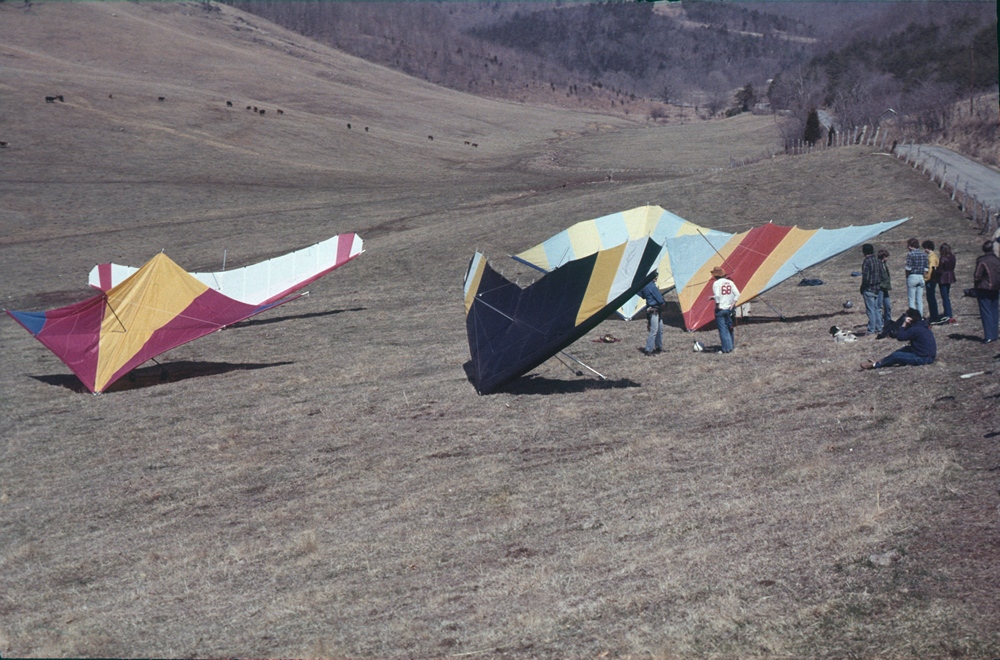
Cobb continued practice flights at Clover Hollow until moving to North Carolina in late 1981. Soon after moving he made his first mountain flights and graduated. By coincidence, Chris Norloff also moved to the vicinity, and they became regular flying companions for the next two years.
Cobb returned to Blacksburg late in 1983 to attend Grad School and fly the local mountain sites he had been unable to fly prior to departing in 1981. He also thought about how long it had taken him to learn on his own, and eventually decided to become an Instructor himself.
WW Richards of Roanoke was not only the Region Director but an Instruction Administrator. In 1985 Cobb attended one of WW's clinics and got his Instructor Certificate, and returned to Clover Hollow in a teacher's role.
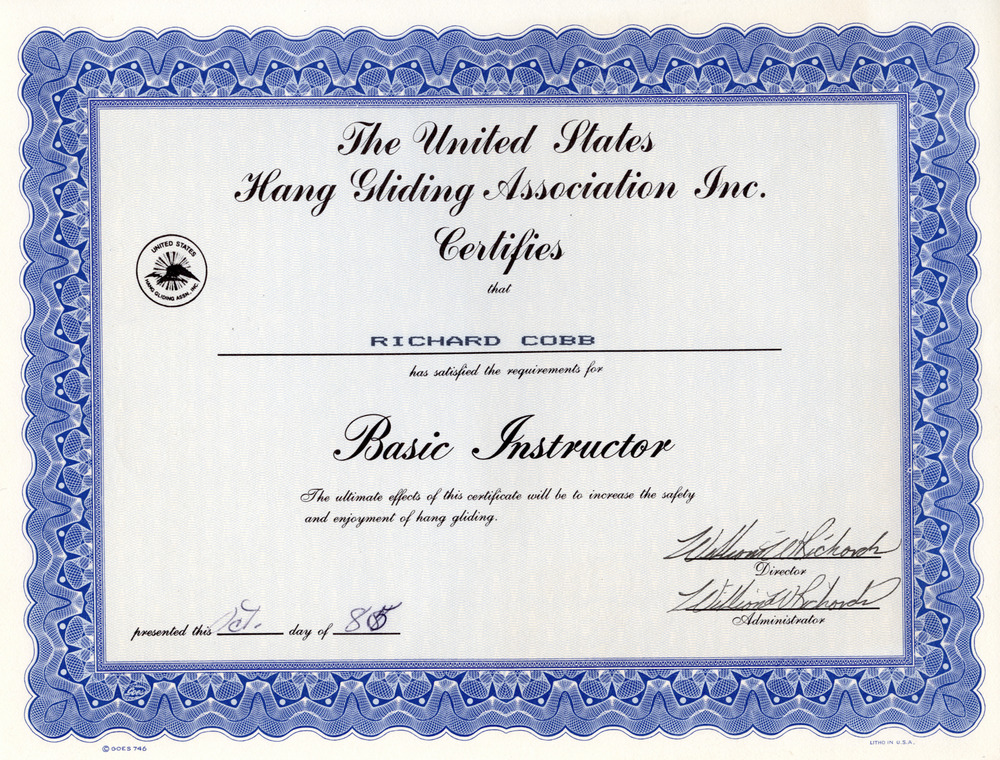
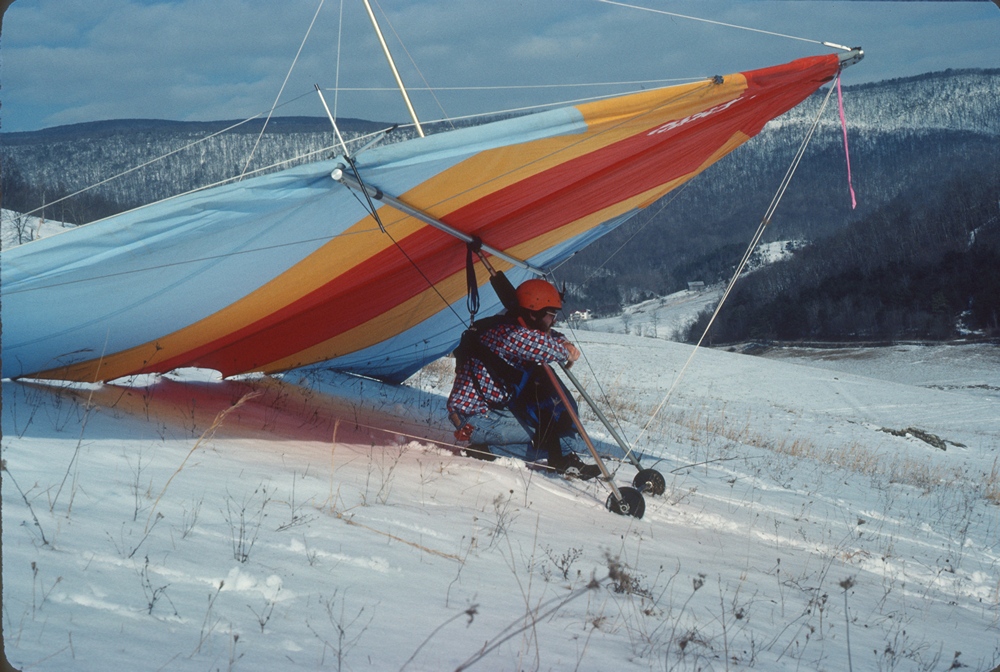
For the next 3 years Clover Hollow saw a lot of activity, as Cobb and his students would be flying there whenever conditions allowed. A number of students graduated from the training hill and went on to become fully fledged mountain flyers.
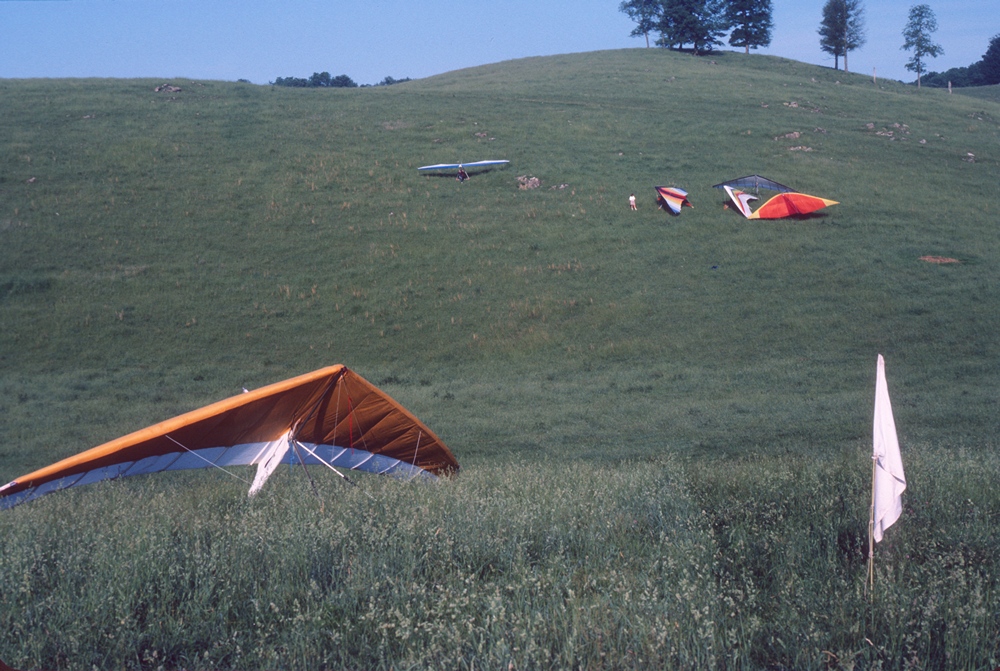
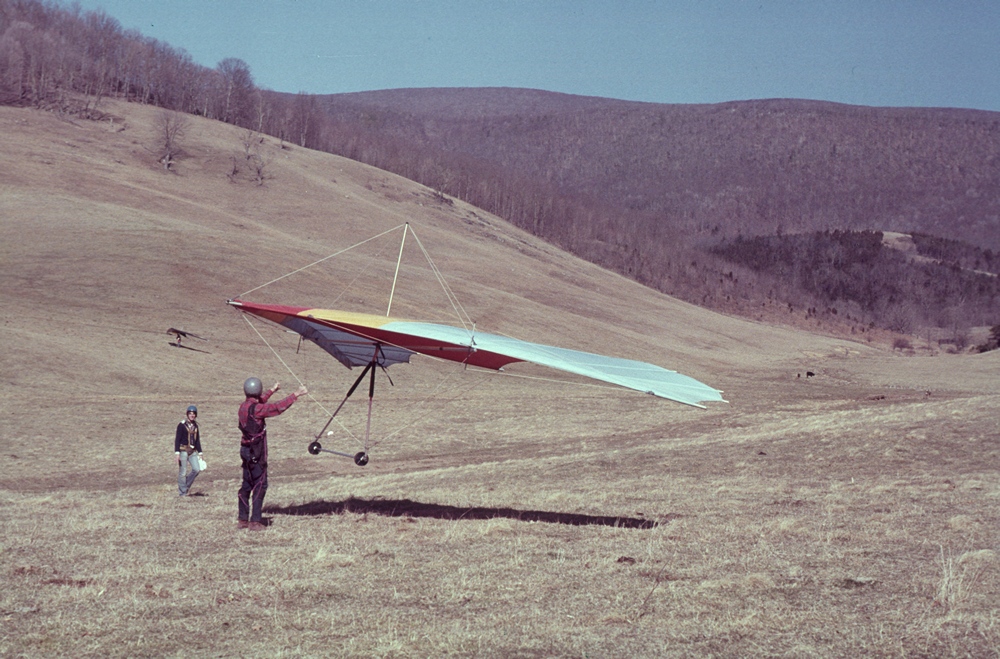
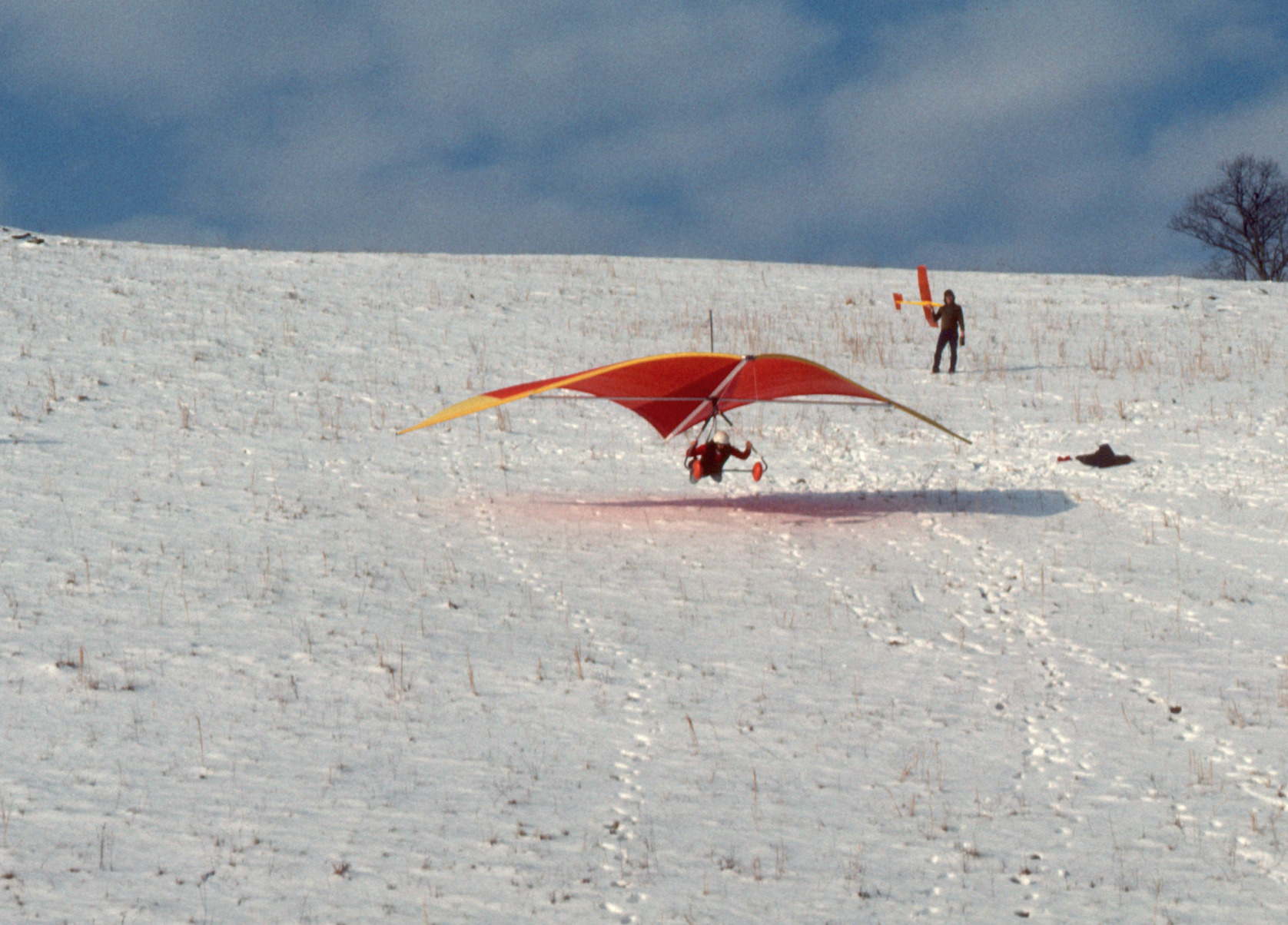
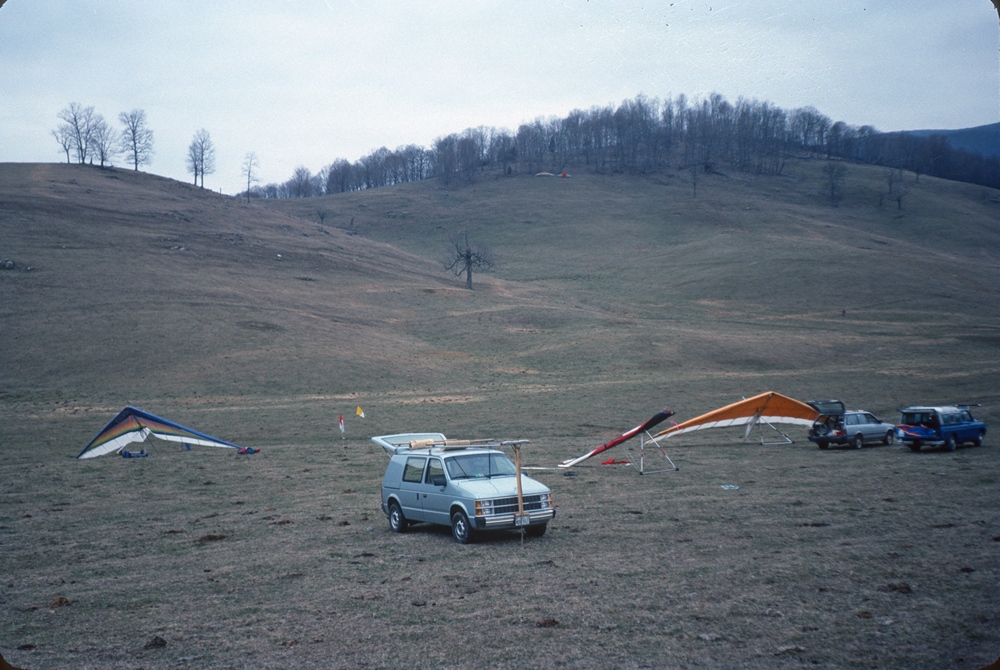
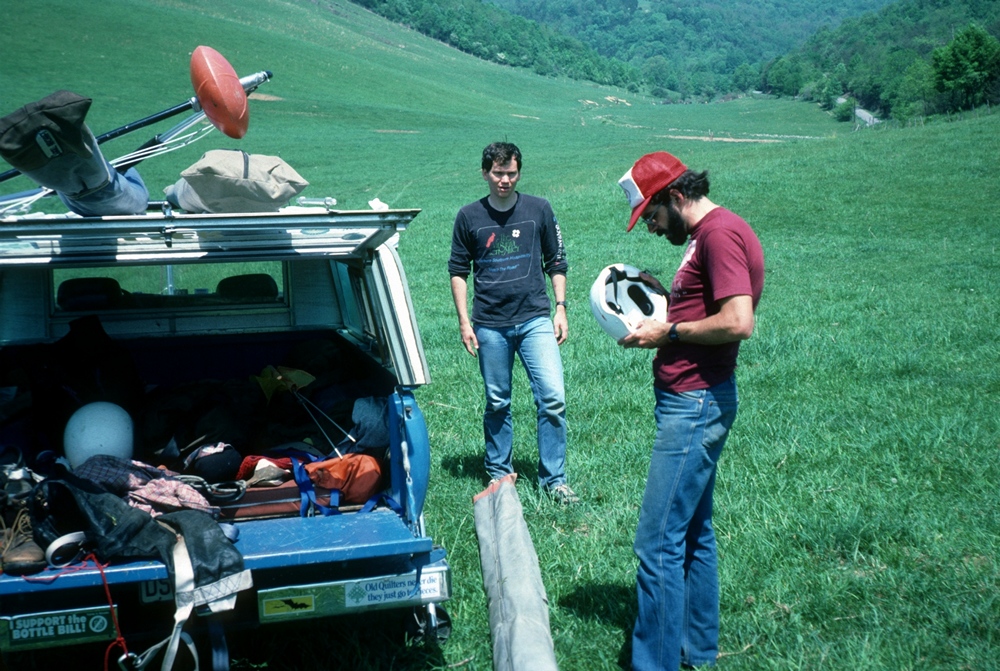
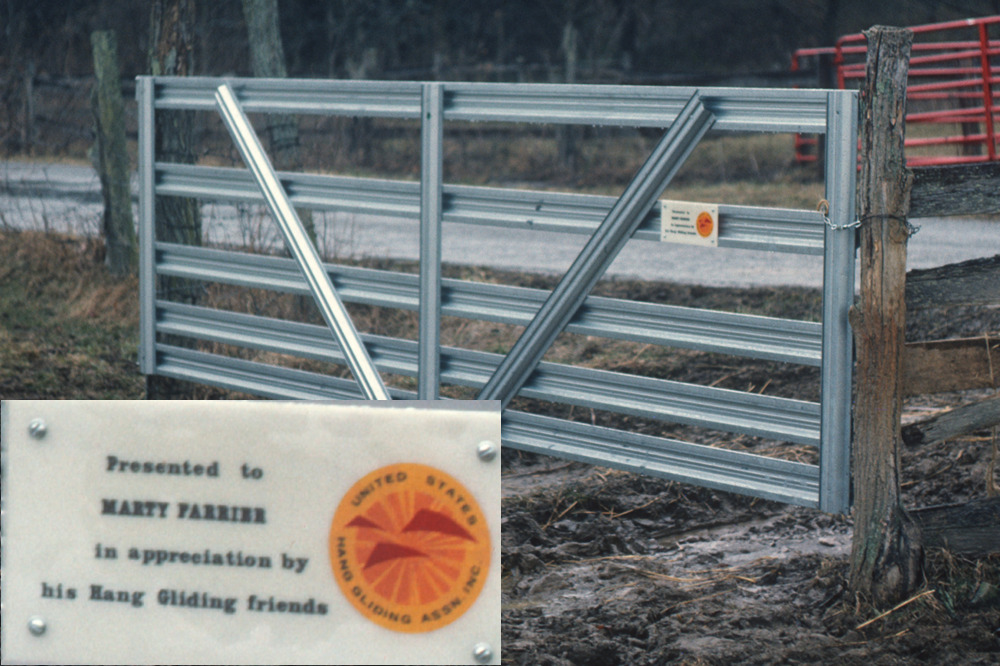
One of Cobb's students, Steve Booth, got together with a long time RVHGA pilot, John Lane, and another boat towing pilot, Tommy Crump. They would frequently tow on Smith Mountain Lake, near Roanoke. Their tow method was a "snatch" off the shore. The pilot stood on the shoreline, holding the glider basetube on their knees. The tow boat would speed away with the winch free wheeling and paying out tow line. At some point the winch brake would be engaged and the pilot would find themselves flying. It was an "exhilarating" method of launching.
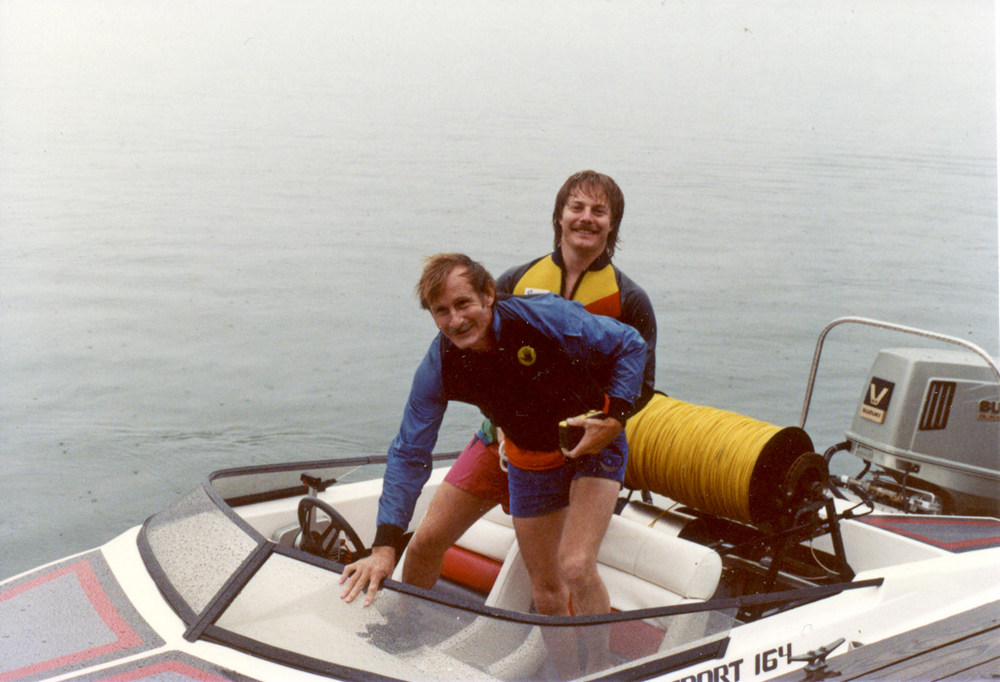
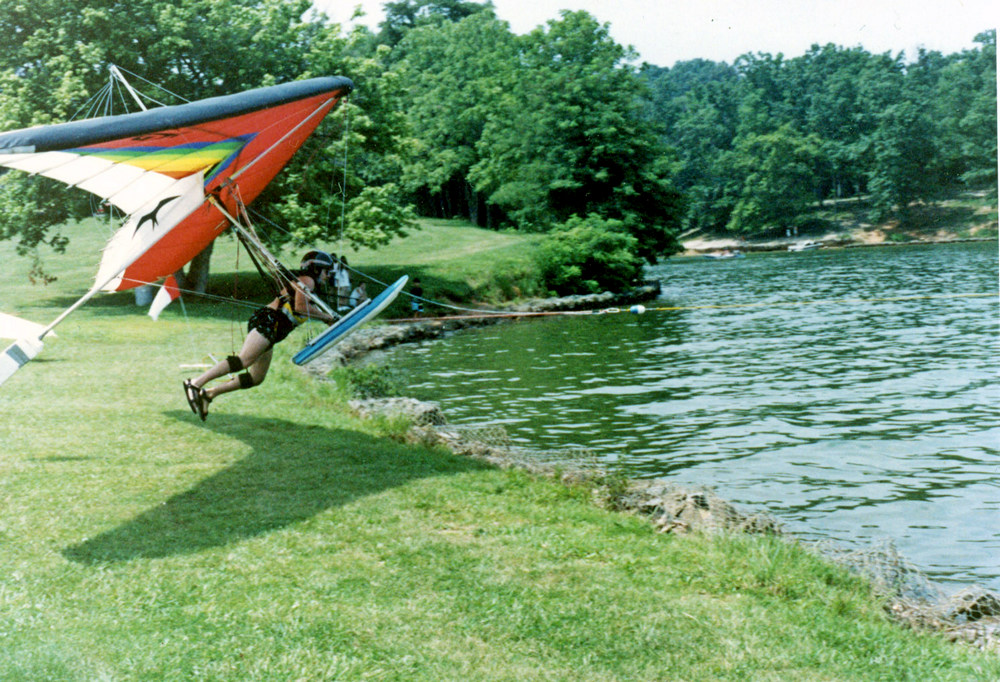
At the end of 1988 Cobb moved to Pennsylvania and continued teaching hang gliding for several more years. With no active Instructor in the Blacksburg area, Clover Hollow saw only sporadic use, mainly by rated pilots wanting to brush up on rusty skills. Marty put a fence at the bottom of the slope to help with cattle management practices, which made it difficult to use the large slope for beginning students.
In 1999 a large stile was built that could be used to carry a glider over the fence. While this made it more convenient for existing pilots, it did not make the site any more available to new students. Throughout the 2000's Clover Hollow was mainly used for a few practice flights now and then, and Richard Cobb used it for awhile to fly a powered harness on a hang glider.
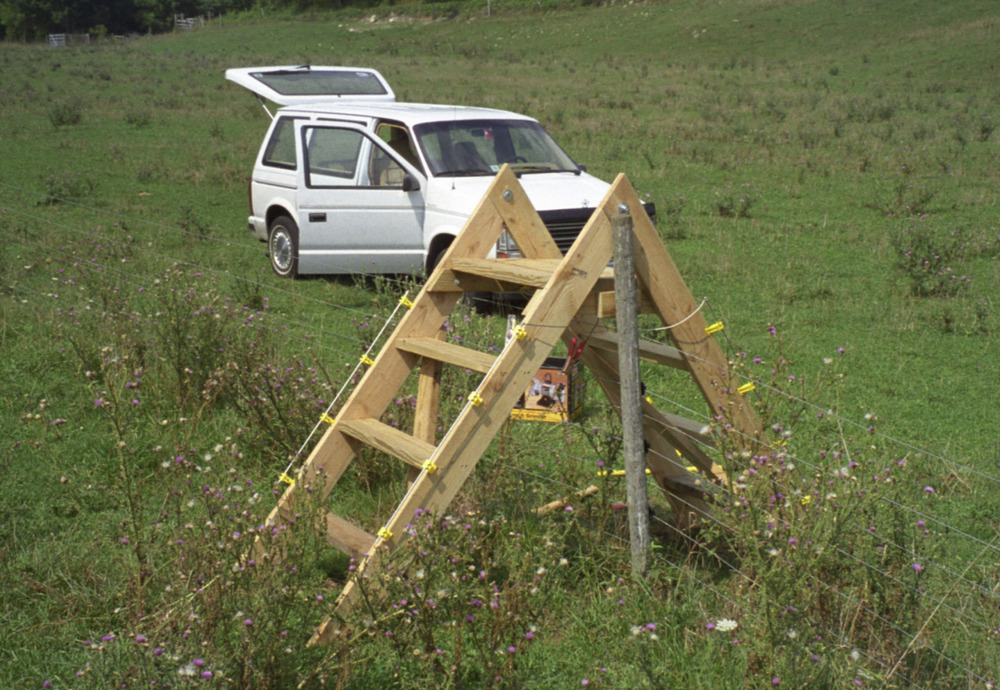
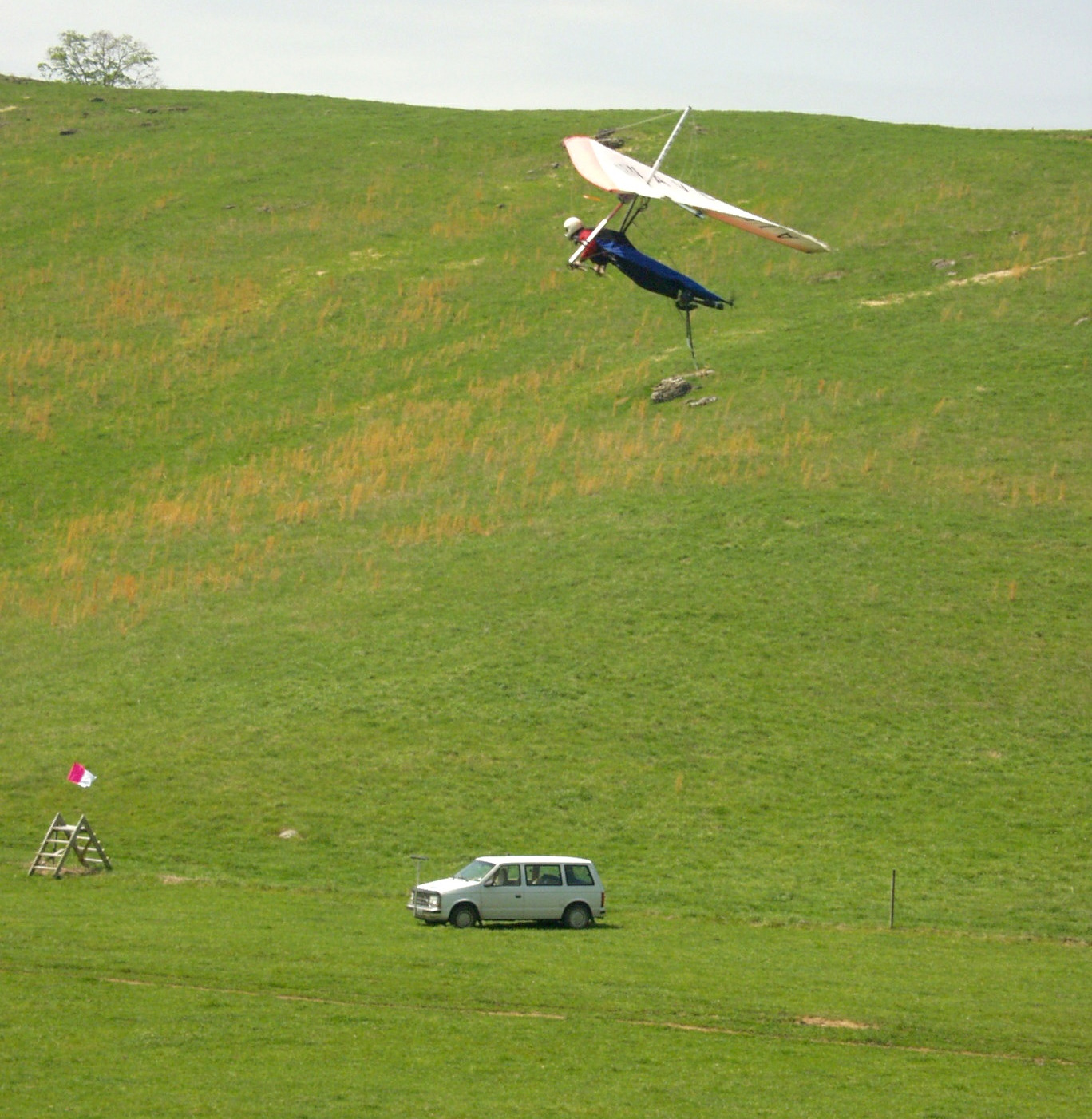
Beginning in 2018, Instruction returned to Clover Hollow. A student group, the Hang Gliding Club at Virginia Tech, started using the Hollow for teaching new students again. With modern gliders for training, the fence at the bottom of the big hill stopped being a major limitation. A smaller slope in the LZ faces into the prevailing valley wind, and the modern gliders are able to use smaller slopes that the old technology could barely fly from.
At the end of 2023 the club is still active and teaching, so there is hope of seeing hang gliders frequenting Clover Hollow again, after over 45 years as a training site.
